Modulating interfacial electric fields provides a means to control electrocatalyst activity for a broad range of reactions. Here the authors show that this can be achieved by tuning the nanocurvature of carbon supported single-atom catalysts.
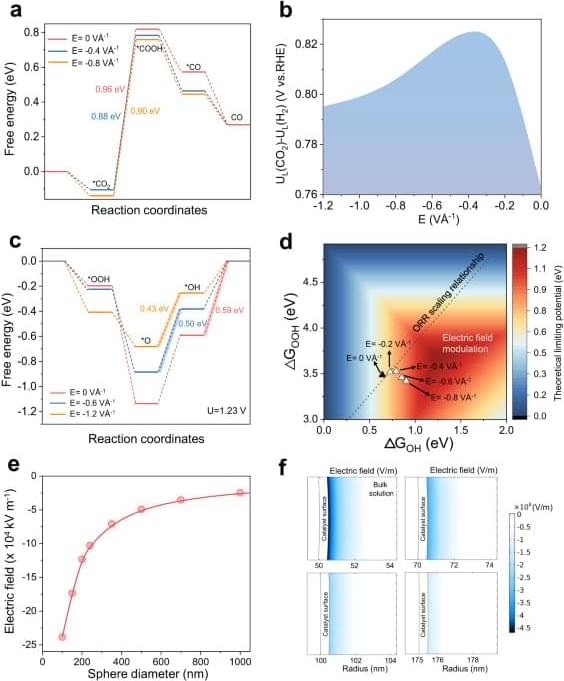

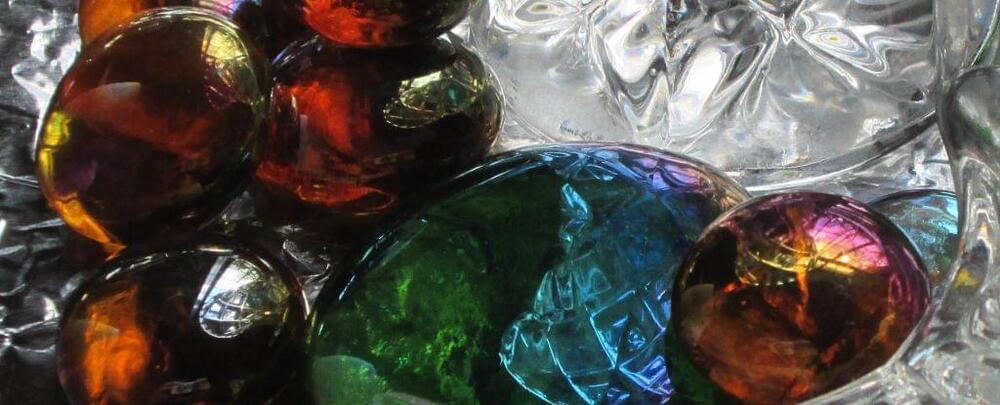
A strange phase of matter that previously existed purely in the realm of theory has finally been detected in a real material.
It’s known as the Bragg glass phase – a strange, seemingly paradoxical arrangement of atoms in a glass material where the particles are nearly as ordered as those in a perfect crystal. Scientists weren’t even sure Bragg glass existed, but there it was, hiding in an alloy of palladium inserted between layers of terbium and tellurium (PdxErTe3).
The discovery, led by physicist Krishnanand Mallayya of Cornell University and published in Nature Physics, not only sheds light on the way materials can behave but demonstrates a powerful new set of techniques for probing the atomic structures of exotic materials.
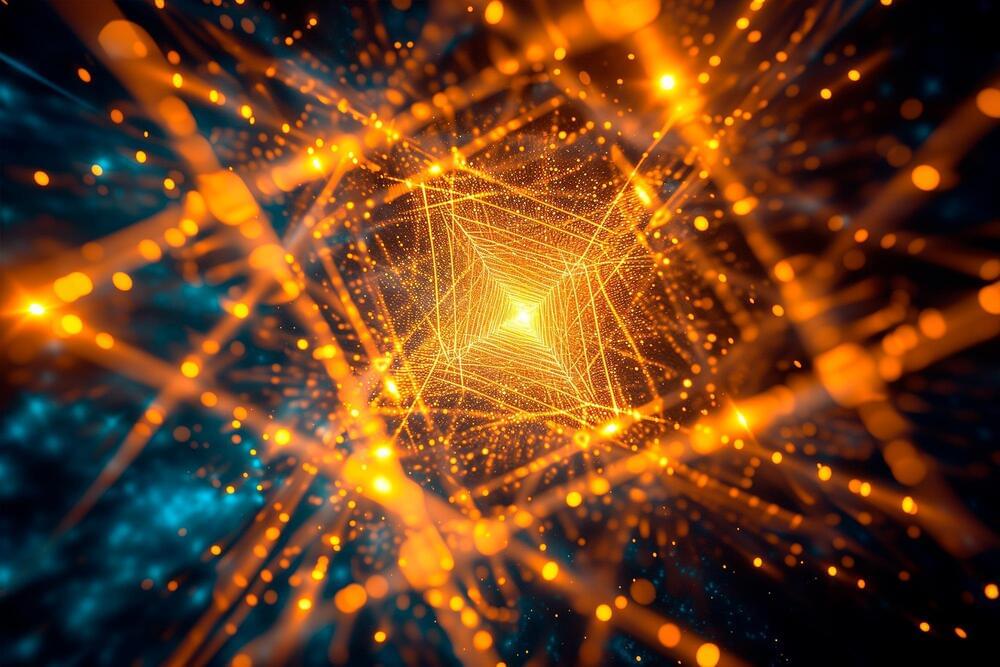
A new fusion of materials, each with special electrical properties, has all the components required for a unique type of superconductivity that could provide the basis for more robust quantum computing. The new combination of materials, created by a team led by researchers at Penn State, could also provide a platform to explore physical behaviors similar to those of mysterious, theoretical particles known as chiral Majoranas, which could be another promising component for quantum computing.
The new study was recently published in the journal Science. The work describes how the researchers combined the two magnetic materials in what they called a critical step toward realizing the emergent interfacial superconductivity, which they are currently working toward.
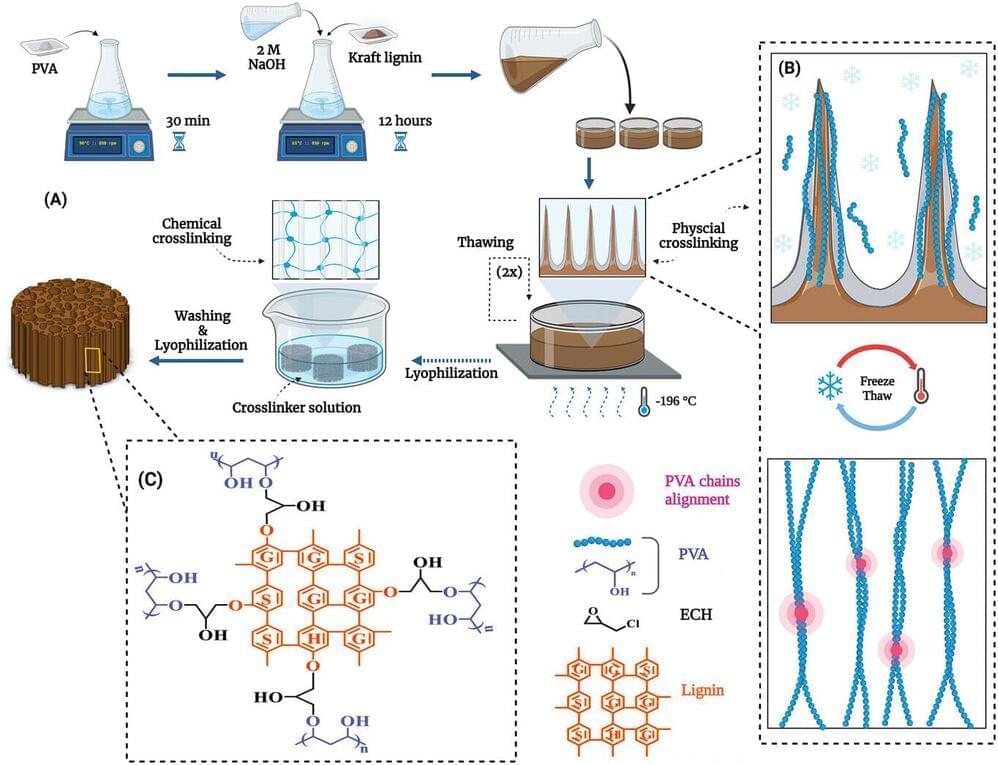
A new study by researchers at University of Limerick in Ireland has revealed a sustainable method of efficiently converting waste heat into electricity using Irish wood products, while minimizing costs and environmental impact.
The study, led by researchers at UL in collaboration with colleagues at the University of Valencia, has demonstrated a method of generating electricity using low-grade heat recovered from lignin-derived membranes.
Lignin, typically overlooked, is a sustainable byproduct derived from wood in paper and pulp production. The study shows that these membranes can convert waste heat into electricity by utilizing the movement of charged atoms (ions) within the material.
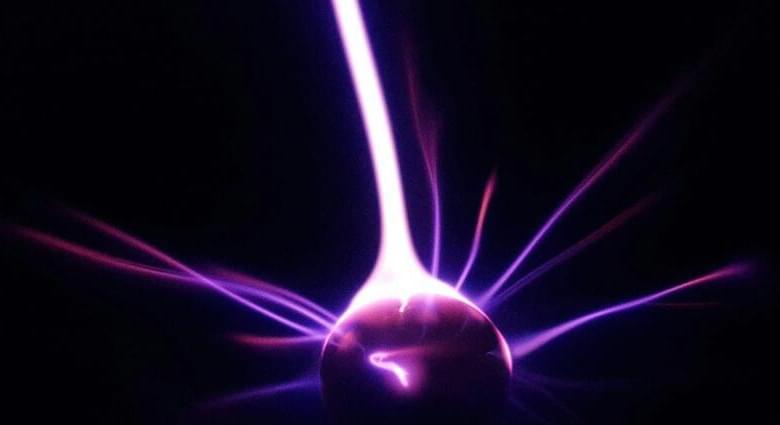
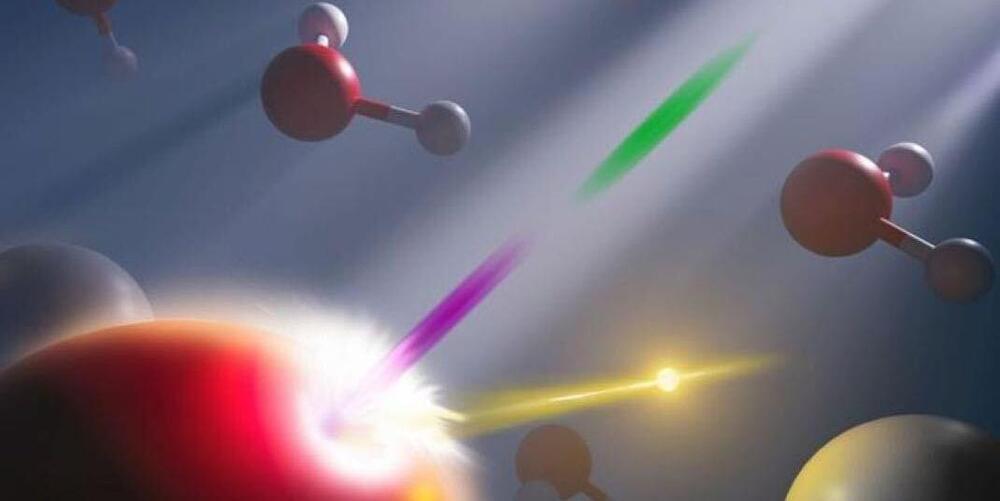
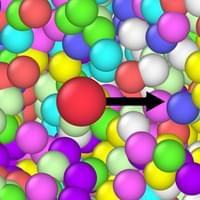
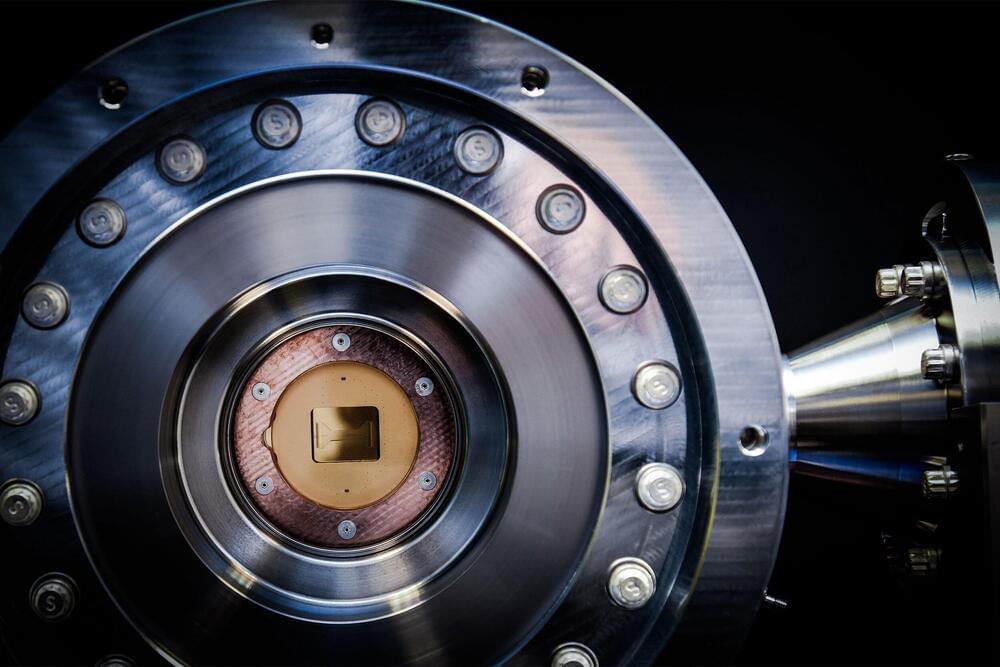
Our physical, 3D world consists of just two types of particles: bosons, which include light and the famous Higgs boson; and fermions—the protons, neutrons, and electrons that comprise all the “stuff,” present company included.
Theoretical physicists like Ashvin Vishwanath, Harvard’s George Vasmer Leverett Professor of Physics, don’t like to limit themselves to just our world, though. In a 2D setting, for instance, all kinds of new particles and states of matter would become possible.
Vishwanath’s team used a powerful machine called a quantum processor to make, for the first time, a brand-new phase of matter called non-Abelian topological order. Previously recognized in theory only, the team demonstrated synthesis and control of exotic particles called non-Abelian anyons, which are neither bosons nor fermions, but something in between.


How Does The Neutral Atom Approach Compare
The neutral atom approach is a well-known and extensively investigated approach to quantum computing. The approach offers numerous advantages, especially in terms of scalability, expense, error mitigation, error correction, coherence, and simplicity.
Neutral atom quantum computing utilizes individual atoms, typically alkali atoms like rubidium or cesium, suspended and isolated in a vacuum and manipulated using precisely targeted laser beams. These atoms are not ionized, meaning they retain all their electrons and do not carry an electric charge, which distinguishes them from trapped ion approaches. The quantum states of these neutral atoms, such as their energy levels or the orientation of their spins, serve as the basis for qubits. By employing optical tweezers—focused laser beams that trap and hold the atoms in place—arrays of atoms can be arranged in customizable patterns, allowing for the encoding and manipulation of quantum information.